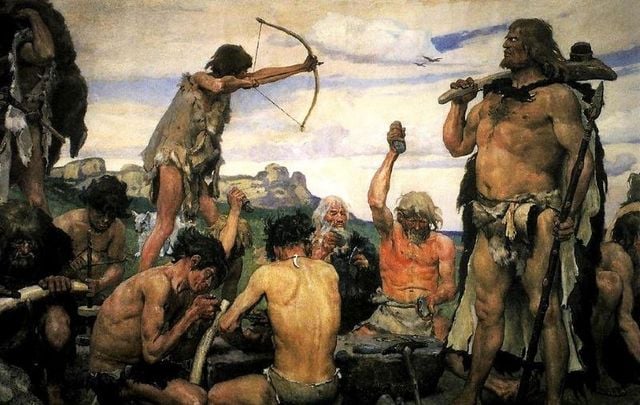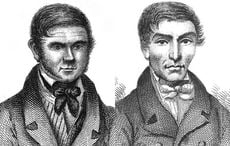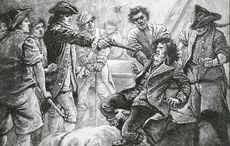DNA samples from Stone Age and Bronze Age bodies ago helped discover the origins of Irish people.
With a vial of saliva and a little cutting-edge science, AncestryDNA can tell you if you’ve got any Irish heritage in your genes. And with a lot of cutting-edge science, in December 2015, researchers published a study telling the world where that Irish heritage first originated.
By studying the 5,000-year-old remains of a female farmer buried near Belfast, and the remains of three men buried 3,000 and 4,000 years ago on Rathlin Island in County Antrim, archaeologists and geneticists now say they now know where the modern Irish people originally came from.
The remains of the Stone Age female farmer show that she resembled modern people from Spain and Sardinia, suggesting she had roots there. But her ancestors ultimately originated from the Fertile Crescent, the once-lush region of the Middle East where humans first practiced agriculture. Those migrants brought cattle, cereals, and ceramics, along with black hair and brown eyes.
The remains of the Bronze Age male farmers show a different group of migrants entering Ireland one to two thousand years later. Those farmers came from the Pontic steppe of southern Russia. They brought metalworking culture, the genetic disposition for blue eyes, and the gene for a blood disorder so often found in Ireland that it’s known as the Celtic disease: hemochromatosis.
Using a technique called whole-genome analysis, scientists at Trinity College Dublin studied the DNA from all four bodies to establish a history of ancestral migration and settlement.
“There was a great wave of genome change that swept into [Bronze Age] Europe from above the Black Sea … we now know it washed all the way to the shores of its most westerly island,” geneticist and lead researcher Dan Bradley told the BBC.
The research shows that cultural changes in the ancient British Isles, such as the introduction of agriculture and metalworking, likely arrived because of large-scale migrations rather than the adoption of new ways by indigenous people.
DNA research isn’t just for looking back thousands of years. With AncestryDNA, you can discover whether your grandparents or great-grandparents really did hail from Ireland or any one of 26 distinct ethnic populations. AncestryDNA can also be an invaluable tool in genealogical research by matching up your DNA with relatives you might never have known and by identifying common forebears you may never have heard of.
From there, the 16 billion historical records on Ancestry can help you search forwards or backward in time to fill in your family tree — wherever that tree first took root.
*This article was published as part of an IrishCentral partnership with Ancestry in 2017. It was updated in May 2023.




Comments